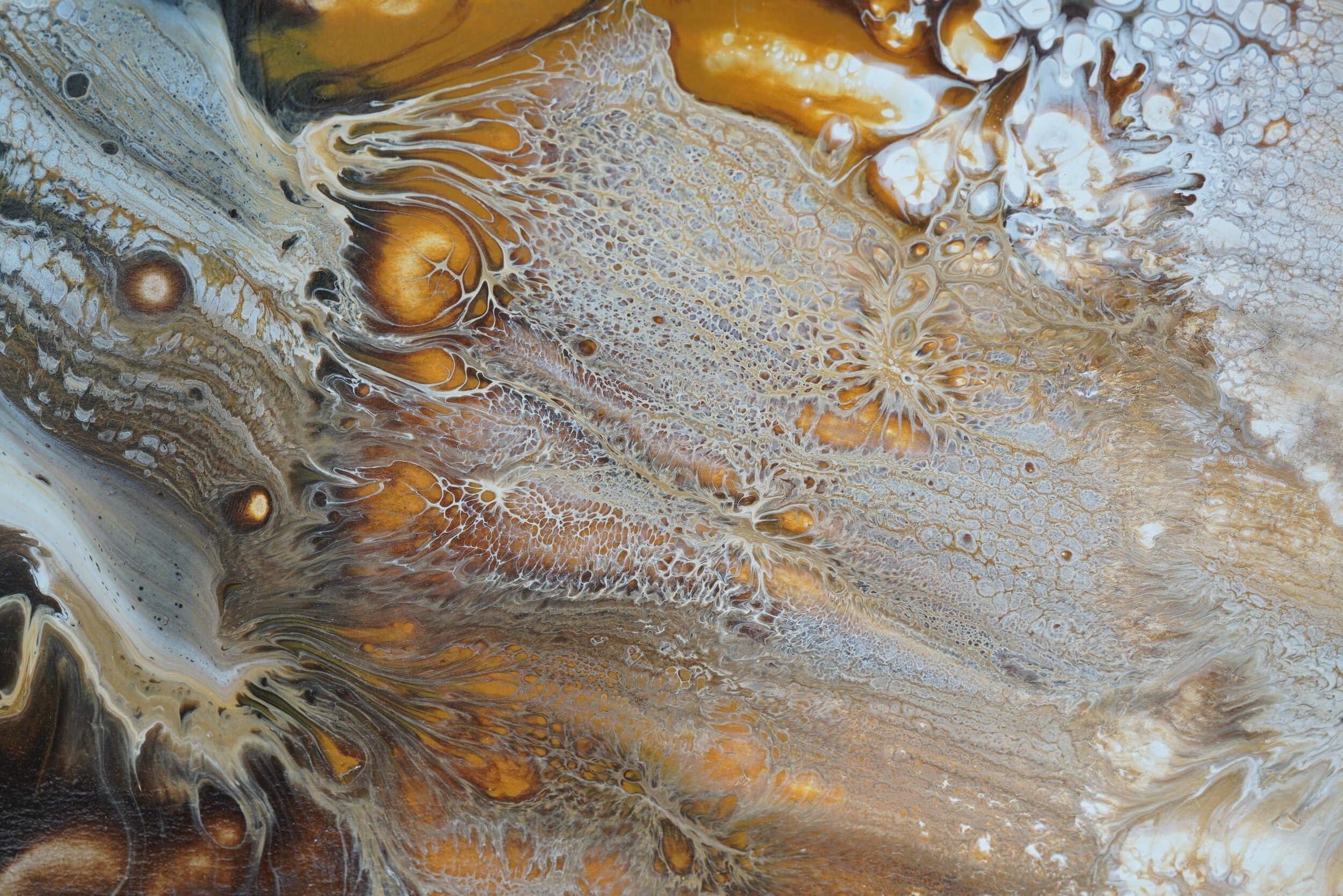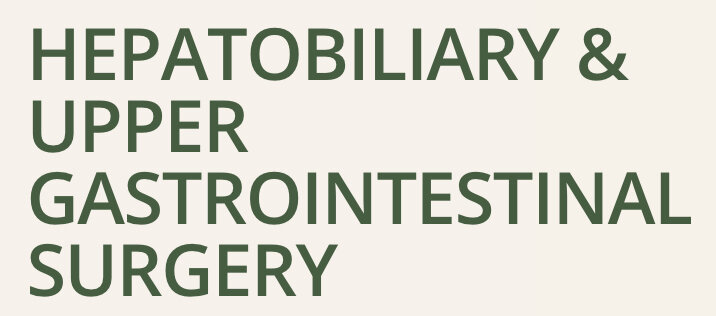
Laparoscopic Heller’s Myotomy
What is a Heller’s Myotomy?
A Heller’s myotomy is an operation used to treat achalasia, which is difficulty swallowing, regurgitation or heartburn during or after eating, and can cause weight loss, pneumonia or chest pain. This occurs when the oesophagus grows larger, which slows the passing of food from the oesophagus to the stomach and stops this process of peristalsis. A Heller’s myotomy can be done either laparoscopically (keyhole) or open. The laparoscopic method involves making a few, small incisions in the abdomen and then a laparoscope (a long tube with a camera at the front) is inserted to locate the lower oesophageal sphicter (LES) and perform the surgery.
Though the laparoscopic method is preferred over the open approach for Heller’s myotomy, the open procedure is performed when:
The patient has out-pouching of the oesophagus above the LES (epiphrenic diverticula)
The patient has a history of a previous failed Heller’s myotomy
There is another abdominal problem that cannot be addressed with laparoscopy
What is achalasia?
The oesophagus is a muscular tube that begins at the back of the throat and joins to the stomach. It transports food from the mouth to the stomach in a wavelike motion, known as peristalsis, that occurs when swallowing. As food passes through the oesophagus into the stomach by peristalsis, a muscular valve called the lower oesophageal sphincter (LES) normally opens or relaxes. As soon as swallowing stops, the LES closes to keep the food in the stomach. Achalasia is when peristalsis does not occur and the lower oesophageal sphincter does not function correctly.
Who will need the surgery?
Heller’s myotomy surgery aims to release these muscles in order to allow food and liquids to be easily and comfortably transferred from the mouth, through the oesophagus, and into the stomach.
What happens during the operation?
You will be given a general anaesthetic and will be asleep for the duration of your procedure.
Four or five small cuts on the abdomen are made to enable the surgeon to insert a laparoscope and the surgical tools needed to perform the operation to your stomach and oesophagus. The laparoscope is a narrow telescopic video camera that allows the surgeon to view magnified images of internal organs on a video monitor.
The lower end of the oesophagus is found and moved into position and then some of the muscle fibres around the lower oesophageal sphincter are cut. This allows the sphincter to open more freely, resulting in the easier passage of food through the oesophagus.
What to expect after your operation
Activity
If you feel up to it, on the night after your operation your nurse will assist you to walk short distances, like to the toilet. You will be encouraged to breathe deeply and cough, and to move your legs whilst in bed. This is to help prevent potential complications from lying in bed, including chest infections and blood clots. The morning following your surgery, we expect you to be able to shower with minimal help and you will be encouraged to sit out of bed and go for short walks around the ward.
Diet
The day after your procedure, you may be asked to have a specialised X-ray called a Gastrografin swallow. This involves drinking a liquid which shows up under fluoroscopy imaging, allowing your surgical team to visualise your lower oesophageal sphincter and ascertain if your surgery has been successful. Pending these results, you may be allowed to commence oral fluids and then progress to a solid diet. A dietitian will visit you to discuss appropriate foods to eat when you go home. This can involve going home on a ‘sloppy’ or pureed diet for ten days to two weeks.
Pain Management
You will spend a couple of hours in the recovery room after theatre. You will stay there until you are awake, comfortable, pain and nausea free. You may require pain-relieving injections initially, but Panadol and anti-inflammatories (if appropriate) are most effective. These medications will be given to you as suppositories (soluble medication usually placed in the rectum) until you are allowed to eat and drink. It is important to tell your nurse if you are experiencing nausea. You will continue fasting until review the following morning.
At Discharge
On the morning you go home, your nurse will explain how to care for your wounds. You will have the original operation dressings removed and thin white tapes applied to help with the skin healing. There will be no external sutures or staples. Your nurse will also give you a leaflet about caring for your wounds.
This information is intended as a guideline only. If you have any further questions or concerns, please ask your doctor.

